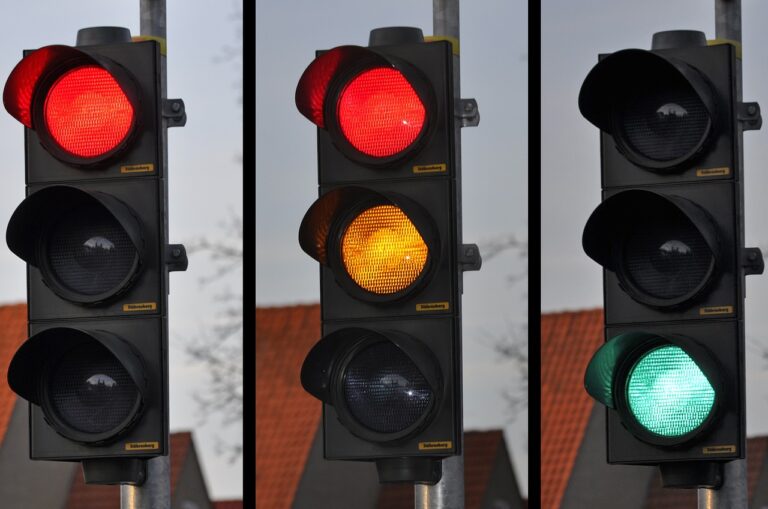Have you ever wondered why we act the way we do in our close relationships or why we sometimes feel distrust from others? The answer might lie in our attachment style developed through experiences with our parents during childhood. There are four main attachment styles: secure, avoidant, anxious, and disorganised. While each style is characterised by specific behaviours, they can also overlap.
Secure attachment refers to children who have received nurturing emotional and physical care from their mothers during childhood. For example, when a child makes a mistake or feels upset, they feel safe to seek comfort from their mother and see her as a source of protection. The child views the mother as a secure base allowing them to explore the world with confidence. This type of relationship fosters healthy emotional development, which is crucial for self-regulation and effectively managing life challenges. It also lays the foundation for establishing meaningful relationships later in life. This child is considered to be resilient and empowered with adequate response tools in the face of adversity.
In adulthood, these individuals are likely to apply rational thinking and demonstrate emotional balance in challenging times. They can distinguish between actual and perceived stressors, thus, displaying appropriate behaviours, demonstrated through calculated thinking processes, staying calm and objecting.
Avoidant attachment is when a child seems unaffected when their mother temporarily leaves their sight and then returns, but this does not mean they are not impacted by her behaviour. Studies have shown that these children have significantly high heart rates, indicating a state of hyperarousal. Research also suggests that mothers of avoidant children dislike physical touch and struggle to create soothing voices and facial expressions. As a result, these children become vulnerable to disconnecting from their bodily responses, which are essential for experiencing pleasure, creating meaning, and direction. In this attachment style, the mother is usually physically present but displays limited affection, emotion, and attention to the child’s innate needs. The child receives limited cues on reading facial and emotional expressions.
This results in the child’s improper emotional development; and as they grow older, they struggle to express their emotions as these weren’t received from the mother or witnessed.
As adults, individuals with avoidant attachments often then struggle to express their emotions in the right way and often tend to suppress them. Despite desiring deeper connections and relationships, they avoid showing emotional closeness. This behaviour stems from their childhood experiences of unmet emotional needs, causing them to refrain from seeking or expecting emotional intimacy.
Anxious attachment patterns in contrast can lead to disruptive behaviours in children when they are separated even for a short period from their mothers. Despite being reunited, these children may not calm down. The remain anxious around their mothers, they tend to passively observe and cling to them, even when other children are happily engaged in play. These children have learned that expressing their emotions is the only way to gain attention. However, their relationship with their mothers is inconsistent, as they may receive love and attention at times, but it may be withheld at other times. This leaves the child confused about their relationship with their mother and become unsure of what response to expect. Research suggests that anxious attachments are more common in children whose mothers provide emotional support to fulfil their own need for bonding, rather than focusing on what the child’s needs are that moment. These parents may appear overly intrusive and protective, reflecting ambivalent attachment patterns.
In adulthood, individuals with anxious attachment styles often experience emotional exhaustion. They constantly fear abandonment from their loved ones while simultaneously seeking their love and affection as a resolution. They may struggle to develop meaningful relationships, both personal and professional. This is because their need for attention may be driven by unfriendly display of emotional behaviours, from anger to mood swings. These individuals struggle with clarity in their social and personal relationships, often due to low self-esteem and insecurities. They are in constant need for validation to resolve issues.
Disorganised attachment is not as coherent as the other two insecure styles. While anxious and avoidant attachment has predictable patterns of behaviour, disorganised attachment is less consistent. From a young age, the child relies on the mother for comfort and protection, creating a safe space to develop a confident view of the world. However, disorganised attachment occurs when the mother is also seen as a threat. This prevents the child from forming a healthy perspective of the world. Disorganised attachment is believed to stem from the attachment figure abusing the child or being abusive towards others. This traumatic experience sends mixed signals about the role of a protective figure. The child is left fearing the very person they desperately seek love and affection from. As a result, these children struggle to respond effectively to their caregivers because they are unsure of what to expect.
In adult relationships, individuals with disorganised attachment still desire close bonds but struggle to form meaningful connections due to their fear of rejection. Their lack of trust stems from their childhood experiences, where they did not receive consistent physical and emotional support from their caregiver.
Can you work out which attachment style you may be? Or identify which attachment style your family or friends may be? I also invite you to read my blog on disorganised attachment where I discuss some of my personal characteristics and childhood experiences.
Whilst there may be consistency in what characteristics each attachment style presents, it is worth emphasising they can also overlap and shift across time. You may also note some unhealthy patterns in your own behaviours. However, once you can identify them, and understand when and where these were embedded across your life, only then can you start to work on more enriched relationships. With this in mind, I leave you with a profound quote from Rumi, “yesterday I was clever and wanted to change the world. Today, I am wise, so I am changing myself.“




